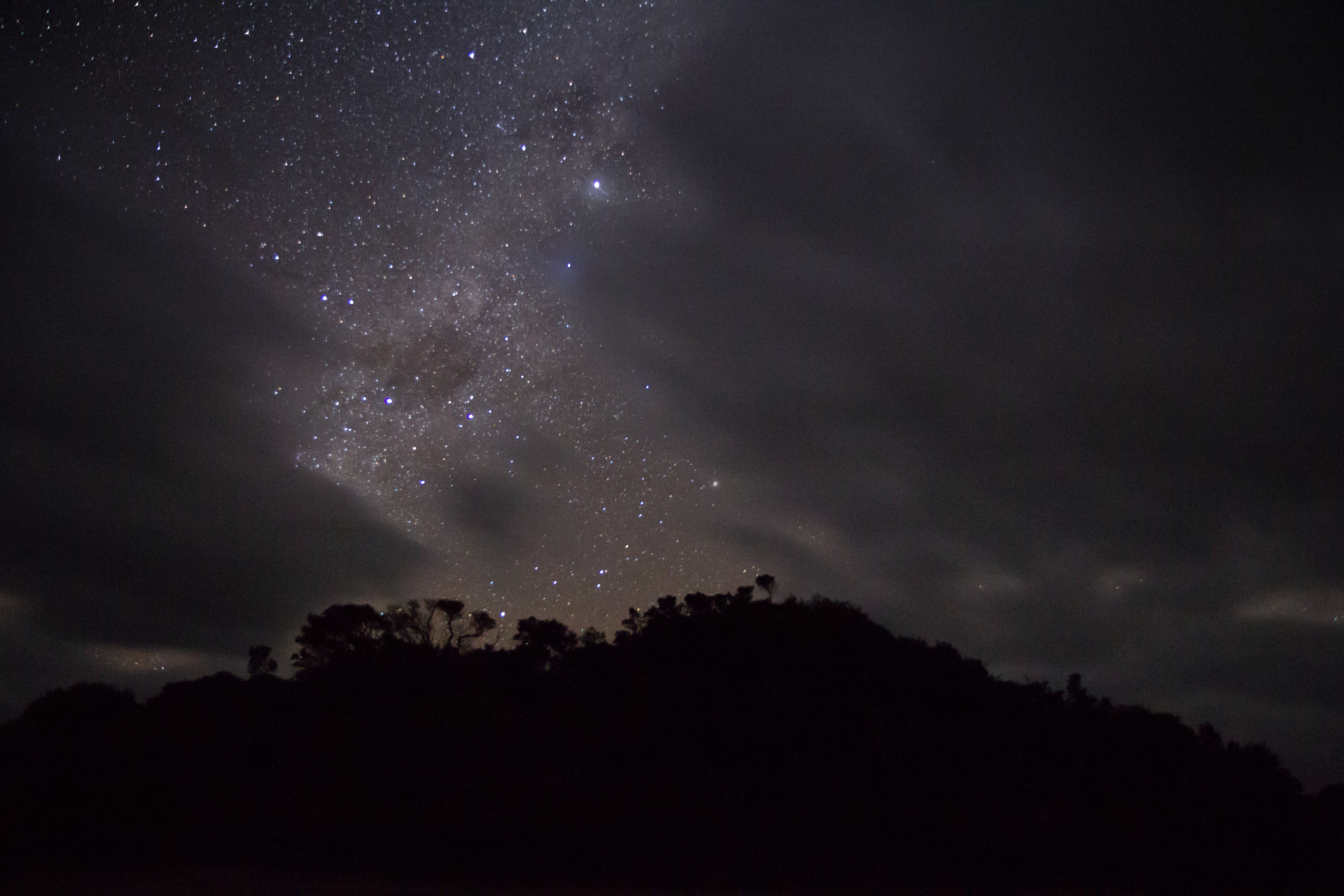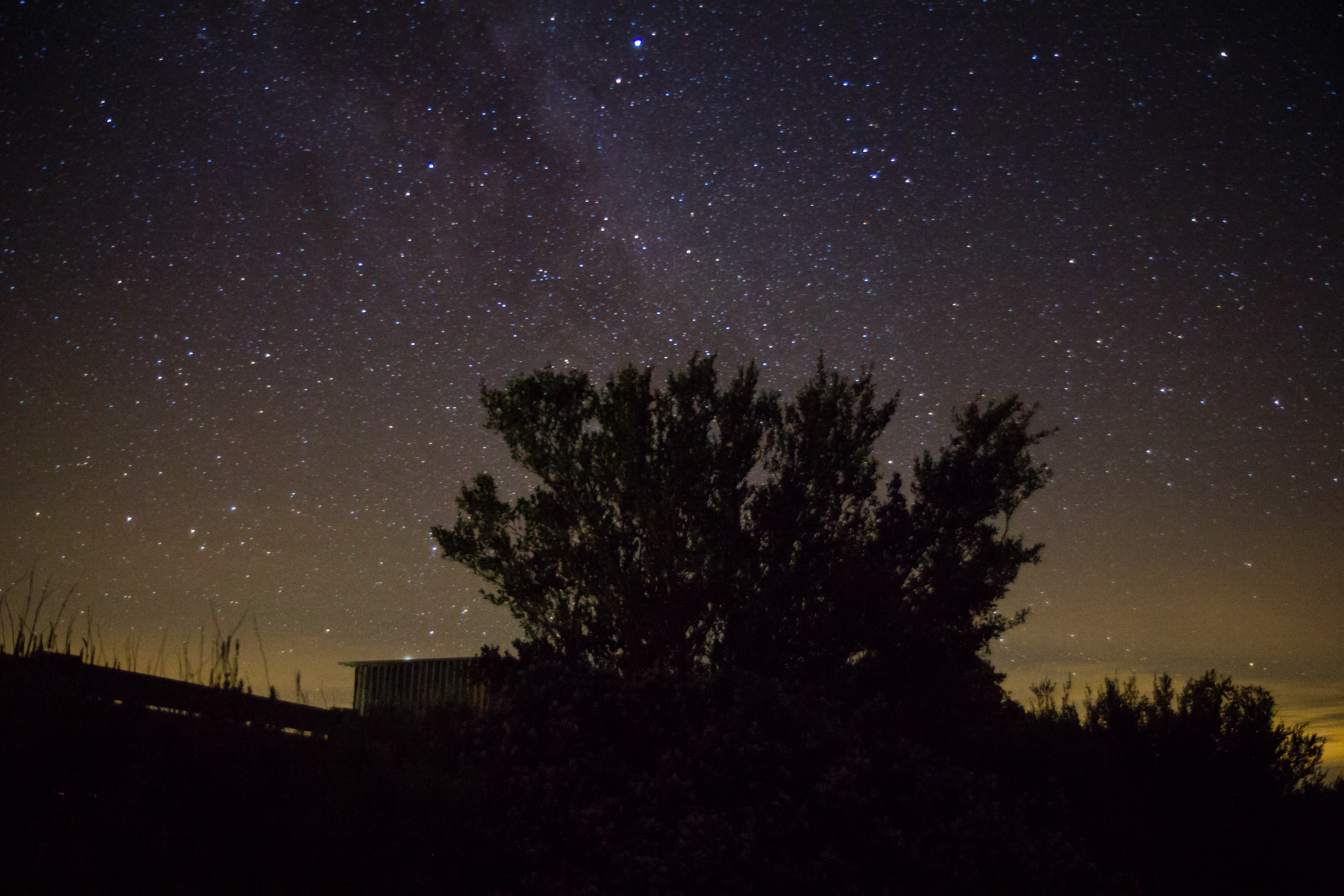One of the things that I love about photography is that there is always something new to try (and of course new gear to wish you had). I have recently been trying a bit of long exposure night-time photography, and figured seeing as I have done it twice, I’m clearly now an expert and it’s high time I started dishing out advice.
I was originally going to do a bit of an explanation of what long exposure photography is and how you do it…but then I realised that all you have to do is type ‘long exposure photography’ into Google and you can find any number of people (hah, who am I kidding? You can find any number of men) telling you how to do it. So instead, I’m going to tell you a few of things I’ve learnt after my first couple of forays into the field.

What do you need?
Camera – Clearly you need a camera that will allow you to keep the shutter open for an extended period (most DSLRs will let you go for 30 seconds).
A tripod – no matter how steady you think your hand is…taking a photo for 30 seconds without using something to keep the camera steady will lead to an image that looks a little like the last thing you saw before you passed out having consumed ‘snake blood’ on that trip to Vietnam.
A torch – Ideally you will be shooting somewhere that is has almost no light pollution (ie light coming for streetlights, or houses etc), which is great for your images. But it’s not so good for setting your focus or changing settings on your camera…or working out where the hell you put the lens cap.
A torch can also be really helpful if you are trying to frame a shot and can’t see anything through the viewfinder. You can shine a torch to get an idea of where your frame starts and stops.
30 seconds can be a long time
This is particularly true if you are standing alone in a field in absolute darkness, and all you can hear is the heavy breathing of cows and their occasional footsteps. It is incredibly unnerving and you will regret watching any horror movie you have ever watched.
However you will not leave, because the 30 seconds it takes for the camera to take the shot is like a distilled version of Christmas Eve when you were a kid, or that time you spent shaking a Polaroid picture back in the 80’s…for that 30 seconds, the photo you are taking could be an award winner, it could be one of the greatest photos anyone has ever taken, it could be AMAZING!!!
Then the photo appears on the screen on the back of your camera and you realise that you must have moved, or that thing you thought was in the shot actually isn’t, or that you have got the ISO/apperture/shutter speed wrong. And so you reset the camera…and spend another 30 seconds living in hope!
That photo looks amazing!…on that tiny little screen on your camera.
Unfortunately, while the shot may look fantastic on the screen on your camera…by the time you look at it on your computer screen, you’re going to see a lot of ‘noise’ (this is a photography term for anything in a photo that makes you walk away from your computer and swear). But don’t worry. You can remove a lot of the noise in programs like LightRoom, and if you managed to get a great shot without any noise or movement on your first couple of tries, everyone else would hate you.

Plan your shots…if you can
While I was driving around Sandy Point during the day, I saw a couple of things that I thought would be really good to have in a photo. So I identified a couple of landmarks that I would be able to use when I was driving at night, with zero visibility other than what was in my headlights. It worked a treat.Having said that, my whole reason for heading out that night was to get some photos of the big wind turbines down there. This would struggle to have gone any worse. In my mind, the spinning blades would create an amazing effect with the long exposure and I would be hailed as a genius. In reality, the blades were spinning so fast that after a 30 second exposure they were invisible…and so I had a brilliant photo of a pole. Needless to say, the job offers haven’t been rolling in.
But on the way back from the wind turbines, I spotted this little shack and pulled over to take the photo. There was a service station across the road about 200m away, and while it was closed there were a few lights on which gave just enough illumination for me to get this shot.

Bring a friend
You are going to be doing a lot of standing around in the cold, trying to be very still for 30 seconds and then swearing under your breath…why not share this experience with a friend/fellow photographer (ideally someone who is both). They will probably have different gear to you, so you get to see how it works (and if you should buy it), they will probably have different ideas and approaches (which you can steal and claim as your own), and standing out in a field under an enormous canvas of stars is a pretty amazing experience…but it’s much more fun to be able to share that experience with someone.
Most importantly, if you are stuck out in the middle of nowhere in a field of cows and there is a psycho killer waiting in the darkness…you don’t have to be faster than the killer…you just need to be fast than your friend.

If you’ve go any tips or tricks I would love hear them…and if you’ve got any questions about any of the photos in this post, I’m more than happy to answer them.

